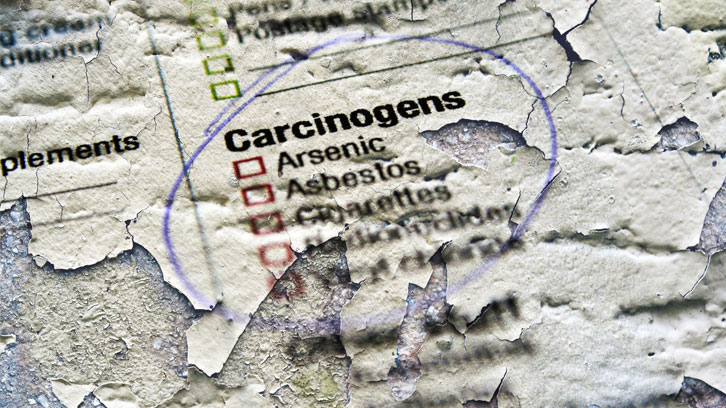DNA oxidative damage favours the development of tumours associated with exposure to arsenic

Author: iStockphoto/alexskopje.
Inorganic arsenic is a well-established carcinogen in humans. Millions of people around the world are exposed to it mainly through drinking water, which is contaminated with this compound.
Although there are multiple mechanisms of action by which arsenic may exert its effects, behaving as a carcinogen, it seems that the generation of oxidative DNA damage from reactive oxygen species which arise in the process of metabolism appears to be one of the important mechanisms explaining the emergence of tumour phenomena linked to exposure to it. In this context, the main objective of this thesis was to demonstrate the probable connection between the presence of oxidative damage and the carcinogens associated with inorganic arsenic exposure.
To reach this objective, we have implemented an innovative working strategy which tries to emulate the environmental exposure conditions which human populations face. Specifically, this strategy is based on developing an in vitro model of chronic exposure to non-toxic concentrations of inorganic arsenic. In addition, we used a particular cell model comprising two genetically identical cell lines of mouse embryonic fibroblasts, one of them being deficient in the repair of oxidative DNA lesions, presenting the annulment in Ogg1 gene, which is one of the major genes involved in the repair of oxidative DNA damage.
Throughout this period of chronic exposure to a range of non-toxic concentrations of 0.5, 1 and 2 μM of Sodium Arsenite, different parameters were evaluated in both cell lines, whose values were compared with their corresponding time-matched controls. These parameters measure the accumulated levels of oxidative damage reflected in the presentation of the oxidized nucleobase guanine (8-OH-dG), the ability to repair DNA damage generated in the corresponding exposure and the possible adaptation mechanisms to the toxicity exerted by arsenic, and finally the acquisition of a tumour identity in both cell lines which have been exposed to sodium arsenite for up to one year. The results support the hypothesis put forward in the main objective. Thus, the cell lines chronically exposed to arsenic and deficient in the Ogg1 gene showed a progressive accumulation of oxidative DNA damage, whereas that increase was not detected in their wild type counterparts. Meanwhile, the efficiency of the mechanisms involved in DNA damage repair was affected in both cell lines, thus manifesting the carcinogenic activity of arsenic.
As regards deficient cells in Ogg1, thesemanifest the tumour identity after 30 weeks of chronic arsenic exposure, indicating that oxidative DNA damage plays a role in carcinogenesis associated with arsenic. This identity was characterized by the presence of morphological changes, increase in their capacity for growth, a lack of control in their state differentiation as embryonic cells, increased secretion of extracellular matrix metalloproteases, acquiring the ability to grow entirely independently and finally presenting the ability to promote tumour growth and in vitro metastasis.
In conclusion, this thesis shows for the first time that Ogg1 genetic background and the induction of injury in the DNA (8-OH-dG) are important factors in the process of carcinogenesis associated with Arsenic. Indirectly, the work highlights the associated risk within individuals carrying gene polymorphisms in Ogg1 gene, making them more susceptible to the appearance of the genotoxic and carcinogenic effects resulting from arsenic exposure, and therefore increasing their risk of developing cancer in the future.
References
“Estudi in vitro del paper del dany oxidatiu com a mecanisme d’acció en la carcinogènesi associada a l’arsènic”, Jordi Bach Griera doctoral thesis, supervised by Ricard Marcos Dauder and Alba Hernández Bonilla, and read at the Department of Genetics and Microbiology.


